- contact@laparoscopyadvice.com
- General Practice Hospital, G-9/2 Islamabad
- Mon - Fri: 10:00 am - 7:00 pm
Visiting Hours
| Mon - Fri: | 8:00 am - 8:00 pm |
| Saturday: | 9:00 am - 6:00 pm |
| Sunday: | 9:00 am - 6:00 pm |
Gallery Posts
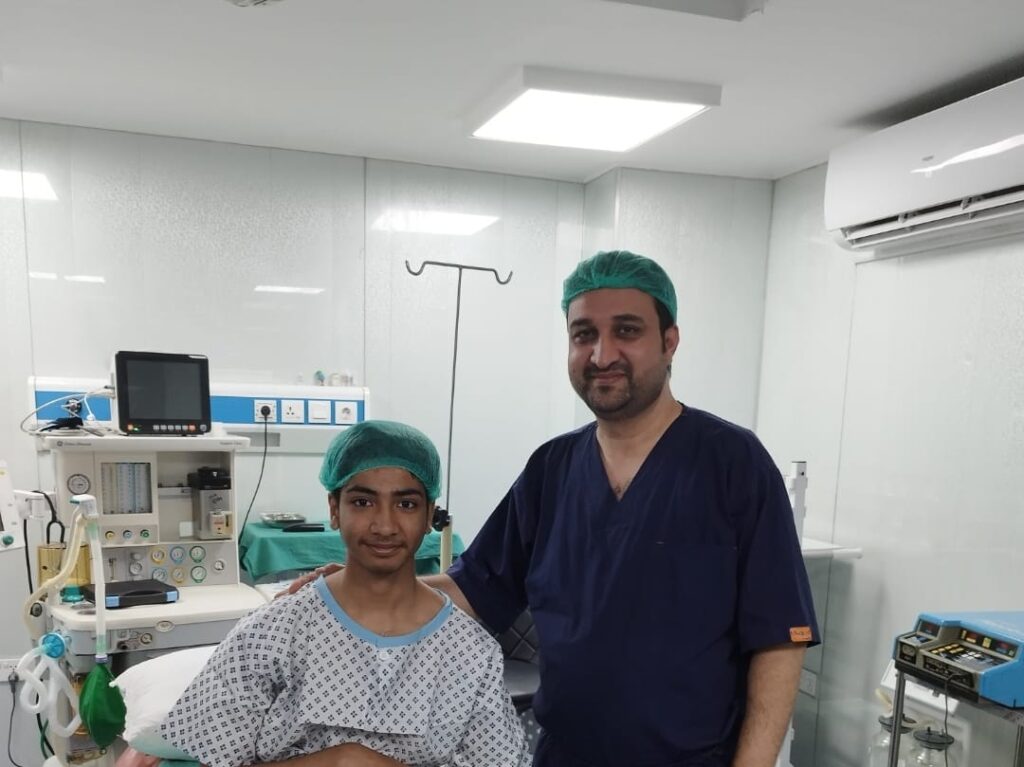
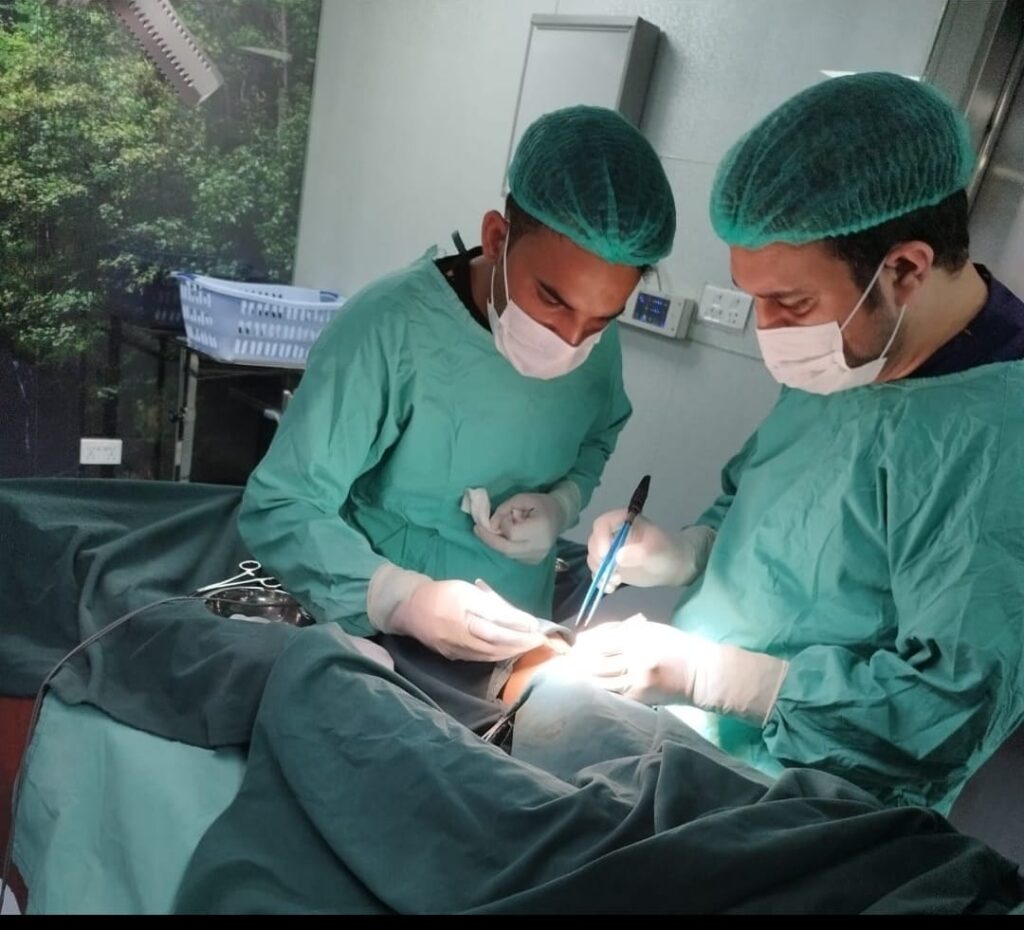


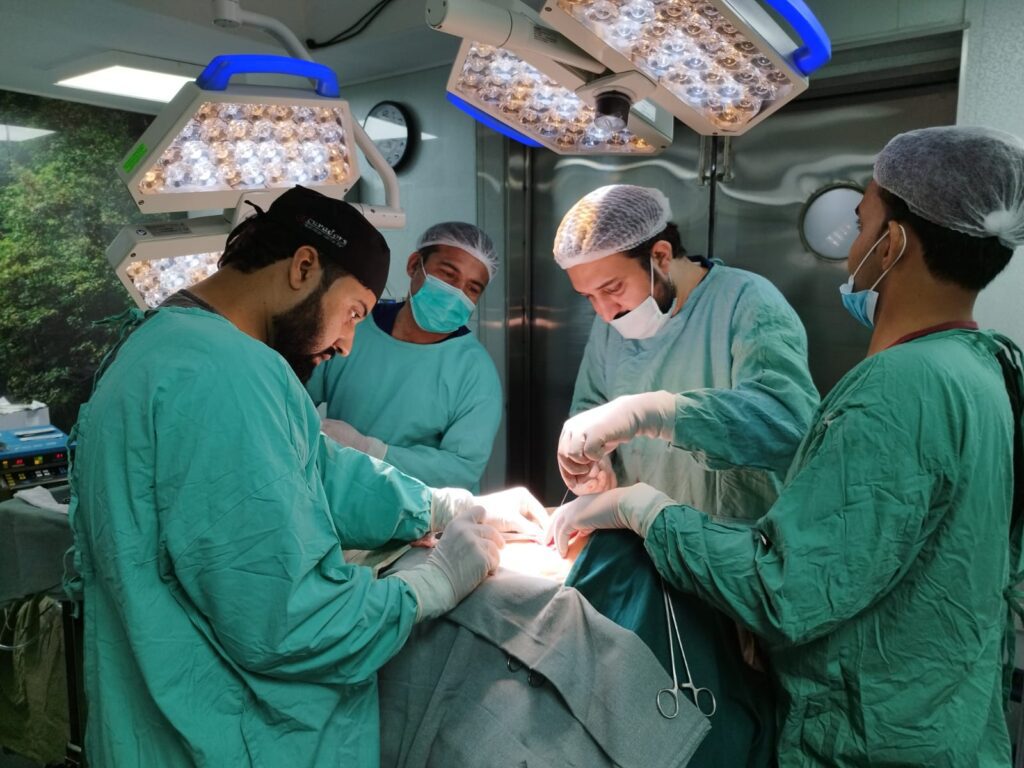

| Mon - Fri: | 8:00 am - 8:00 pm |
| Saturday: | 9:00 am - 6:00 pm |
| Sunday: | 9:00 am - 6:00 pm |






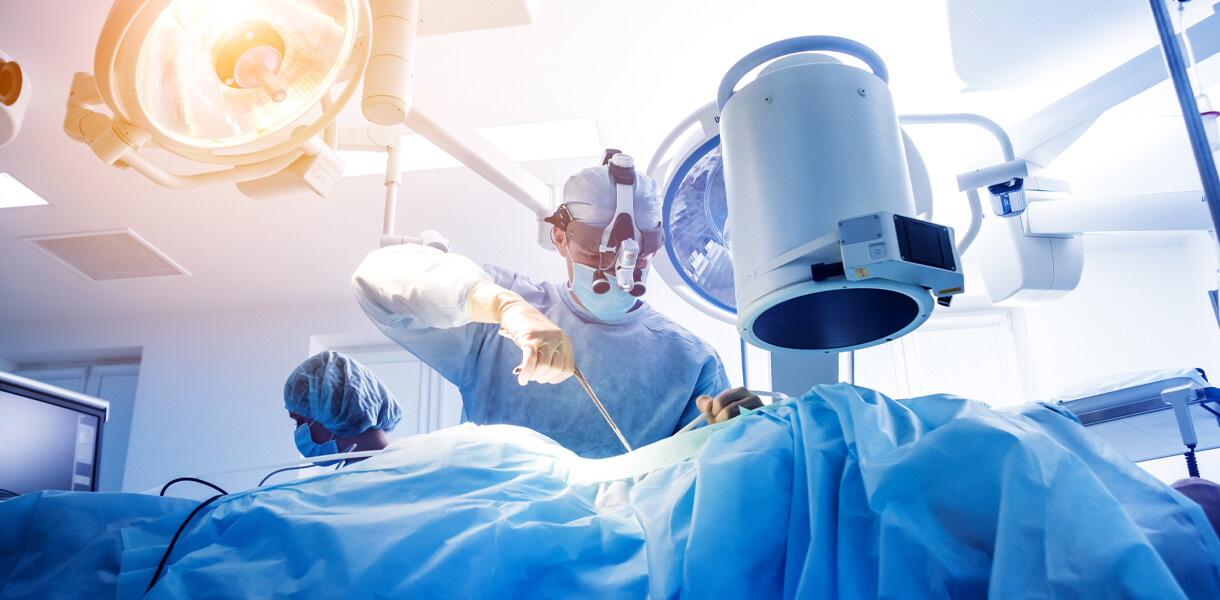
A breast abscess is a localized collection of pus within the breast tissue. It typically occurs as a result of an infection, often bacterial, and can lead to pain, swelling, and inflammation in the affected area of the breast.
A breast abscess usually develops when bacteria enter the breast tissue, often through a cracked or injured nipple or as a complication of mastitis, an infection of the breast tissue. The bacteria multiply within the breast ducts or lobules, leading to the formation of pus-filled pockets.
Common causes of breast abscess include bacterial infections, such as Staphylococcus aureus, entering the breast tissue. Risk factors for developing a breast abscess include breastfeeding, especially if the nipples are cracked or damaged, smoking, obesity, and a weakened immune system.
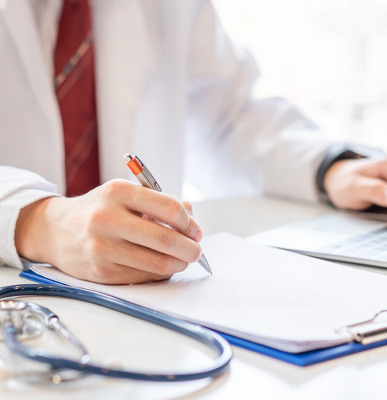
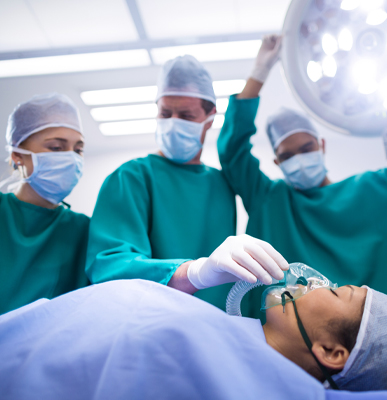
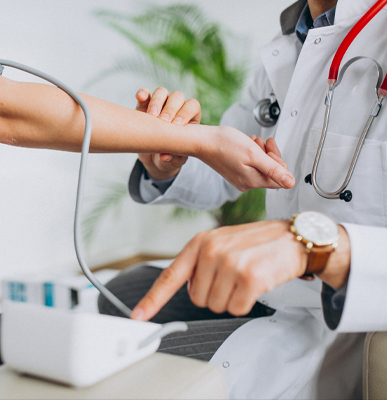
| Mon - Fri: | 9:00 am - 7:00 pm |
| Saturday - Sunday: | Off |
Copyright 2023 Adil's Laparoscopy World | Powered by Dynaamx